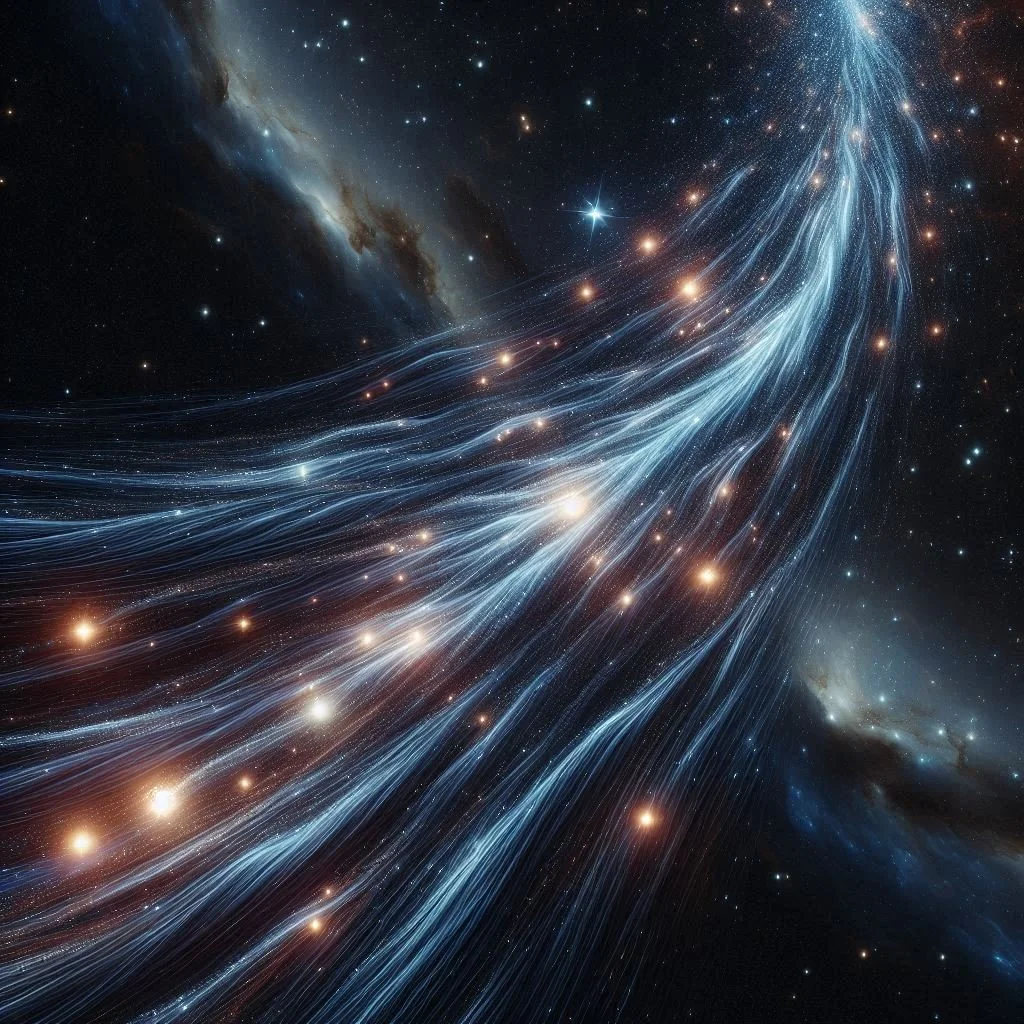
Looking Into the Dark: New Insights from Ultra-Faint Satellites of the Milky Way
The study explores two ultra-faint dwarf galaxies, Centaurus I and Eridanus IV, using deep imaging. Centaurus I is stable with no signs of disruption, while Eridanus IV shows an intriguing extended feature, possibly from tidal interactions or other phenomena. These findings enhance our understanding of galaxy formation.

How Many Starbursts Does It Take to Shape a Galaxy Core?
Olivia Mostow and collaborators explore how bursts of star formation reshape galaxy cores, addressing the core-cusp problem in low-mass galaxies. Using innovative simulations, they show that repeated bursts effectively flatten dark matter cusps, while single bursts struggle to do so, especially in ultra-faint dwarf galaxies. The study emphasizes the importance of burst timing and energy, offering insights into galaxy evolution and dark matter behavior.

Understanding Star Formation and Metal Enrichment in Ultra-Faint Dwarf Galaxies
The study explores how different Initial Mass Function (IMF) sampling methods affect star formation and metal enrichment in Ultra-Faint Dwarf (UFD) galaxies using simulations. The researchers find that the individual IMF sampling method produces more continuous star formation, higher stellar masses, and greater metallicities compared to the burst and stochastic models. The results emphasize the importance of accurate IMF modeling for understanding UFD galaxies' evolution and alignment with observed properties.

Unveiling the Origins of the Leiptr Stellar Stream: A Disrupted Ultra-Faint Dwarf Galaxy?
The study by Kaia R. Atzberger and team analyzes the chemical composition of stars in the Leiptr stellar stream, suggesting it originated from a low-mass dwarf galaxy, not a globular cluster as previously thought. By examining the abundances of elements like iron, magnesium, and barium, the researchers found variations consistent with ultra-faint dwarf galaxies. This supports the idea that Leiptr is a remnant of one of the smallest and earliest galaxies that merged with the Milky Way.
